New York is home to hundreds of thousands of undocumented immigrants. This fact raises a vital question: do illegal immigrants in New York receive public benefits? The answer is nuanced. In this article we explore how New York City and New York State approach benefits eligibility for undocumented people, the programs available, restrictions under federal law, local exceptions, actual usage patterns, and the broader social and economic context.
Context and Demographics
New York State houses more than four million immigrants in total. Of these, nearly six hundred to seven hundred thousand are considered undocumented, having entered without legal status or overstayed visas. Many of them have lived in the U.S. for a decade or more and primarily work in sectors like construction, hospitality, domestic services, child care, restaurants, and building maintenance.
Despite their status, undocumented residents contribute billions in taxes. Estimates indicate that in recent years, undocumented immigrant workers in New York have paid over fifty billion dollars in federal taxes and tens of billions in state and Social Security payroll taxes— even though they aren’t eligible to receive the programs funded by those payroll contributions. Their labor and tax contributions help sustain vital public services and government programs.
Federal Limits on Benefit Eligibility
At the federal level, laws dating back to the 1996 welfare reform explicitly bar undocumented immigrants from receiving most means‑tested benefits financed through federal funds. This includes regular Medicaid, the Supplemental Nutrition Assistance Program (SNAP), Temporary Assistance for Needy Families (TANF), Supplemental Security Income (SSI), and federal unemployment compensation. DACA recipients, for instance, are also excluded from these federal programs unless they gain lawful status.
Because federal rules are strict, states generally are prohibited from using federal dollars to extend most public benefits to undocumented individuals.
New York’s State and City-Level Policies
New York nonetheless leverages certain state‑only programs and city initiatives to extend limited support. Some of the key examples:
Cash Assistance
City and state‑administered cash assistance programs are available to some undocumented immigrants through categories like “qualified non‑citizens” or those considered under a status often described as “residing under color of law.” These limited categories allow eligibility in state‑funded safety‑net cash grants. Applicants may receive modest support twice a month to help cover basic needs.
Emergency Medicaid and Medicaid for Specific Groups
While most undocumented adults cannot obtain full Medicaid coverage, state policies allow pregnant undocumented people to receive full prenatal and childbirth coverage. Undocumented individuals who are 65 years and older may qualify for Medicaid if they meet income and residency criteria. In addition, undocumented adults under 65 can qualify for emergency Medicaid coverage—meaning care for acute, life‑threatening health events—though ongoing chronic care remains excluded.
Child Health Plus
New York ensures that all children, regardless of immigration status or family income, can access Child Health Plus, which is a low‑cost or free health insurance program for minors. This provides preventative care, checkups, vaccines, and other pediatric services.
In‑State Tuition and Financial Aid for Dreamers
Undocumented youth who arrived before the age of eighteen and meet residency criteria may qualify under the state’s Dream Act. This allows them to pay in‑state tuition at public colleges and to apply for state‑funded scholarships and financial aid—offered by New York State, but not federal Pell grants.
IDNYC and Access to City Programs
New York City’s IDNYC program, introduced in 2015 and expanded recently, provides a municipal identification card available to all city residents regardless of immigration status. The card grants access to city‑run programs and facilities, including public libraries, recreation centers, discounted municipal services, and certain health and cultural offerings. In 2025, the city council streamlined the process for undocumented residents to obtain these ID cards, including walk‑in appointments and an appeal process for denials.
Use of Medicaid and Related Programs
Although undocumented individuals are largely ineligible for full Medicaid, some still receive emergency Medicaid services or coverage through pregnancy or age‑based exceptions. For instance, New York’s Medicaid safety‑net has seen sharp increases in enrollment in recent years, including through categories like childless adults and emergency care. Politicians have questioned whether waivers allow undocumented immigrants to access more than they are supposed to—but state officials maintain that full federal Medicaid funding is not used for undocumented recipients, and only limited state‑funded components may apply.
It is estimated that among the roughly six hundred‑to‑seven hundred thousand undocumented residents in New York, only a small fraction receive state‑funded emergency or restricted Medicaid. Adults under 65 who are not pregnant are only eligible for emergency care. Pregnant undocumented women and older undocumented adults form the subset most likely to qualify for Medicaid.
Access to Food Assistance and SNAP
Federal law bars undocumented persons from enrolling in SNAP food assistance. Lawfully present immigrants may qualify, subject to residency duration and income rules. Statewide, undocumented households are ineligible for SNAP, but American‑born or lawful permanent resident children in mixed‑status families can still receive food benefits even if their undocumented parent applies on their behalf.
Other Support Services
Although most federal benefits are off‑limits, undocumented immigrants may access various city‑ and community‑based services:
- WIC (Women, Infants, and Children nutrition program): Undocumented parents and children often qualify for WIC, which helps with infant formula, cereal, and nutritional counseling. Applying typically does not impact immigration cases or trigger public‑charge concerns.
- Local benefits assistance through non‑profit agencies: Organizations such as Grand Street Settlement, Union Settlement, Chinese‑American Planning Council, New York Legal Assistance Group, and the City Bar Justice Center offer case assistance, legal and benefits screenings, and help completing applications for available city and state‑level services.
- Workforce and job support: Community programs offer job training, GED classes, English language instruction, and small business support to undocumented immigrants.
- Low‑cost or free health clinics: Federally qualified health centers and city‑funded clinics provide care regardless of immigration status for primary and preventive services. However, recent changes to federal policy have introduced challenges: clinics that receive certain federal funds may no longer treat uninsured undocumented patients due to updated interpretations of welfare policy. States like New York are pushing back or filing lawsuits to protect access to these services.
Economic Contributions and the Tax Debate
Undocumented immigrants in New York are estimated to pay over fifty billion dollars in federal taxes alone, plus tens of billions more in state and local tax contributions. They also contribute to Social Security and Medicare payroll, even though they are excluded from receiving those benefits. In New York City, undocumented workers make up around three to four percent of the population, yet form a higher percentage of workforce participation and essential service roles.
They are concentrated in sectors hit hard by labor shortages—food services, home health care, cleaning, construction, and hospitality—and often fill roles that citizens hesitate to take. Their tax contributions help finance public programs that they themselves may never access.
Public Charge Rule and Immigration Concerns
Applicants for certain immigration statuses—for example, family‑based green cards—are evaluated under the public charge rule, which considers whether a person is likely to rely on public benefits in the future. However, exemptions apply: using programs like WIC or Medicaid in pregnancy typically does not count as public charge. Similarly, immigrant categories such as asylum seekers, refugees, VAWA self‑petitioners, U‑visa/T‑visa holders, special immigrant juveniles, and certain parolees are exempt.
Legal services and advocacy groups in New York routinely advise undocumented immigrants and mixed‑status families regarding which benefits can safely be used without jeopardizing immigration processes.
Trends, Legal Challenges, and Policy Debates
Recent legal and political developments have heightened scrutiny and debate over undocumented access to public programs:
- A U.S. congressman demanded data on how many undocumented New Yorkers receive Medicaid, criticizing state waivers. New York officials responded that only limited, state‑funded relief is extended to a very small minority and that no federal Medicaid funds are used.
- The state has joined lawsuits challenging new federal requirements mandating immigration status verification for programs like Head Start and SNAP—arguing this undermines privacy, deters participation, and violates state sovereignty. Federal agencies recently paused enforcement of such policies in states like New York pending legal review.
- The state’s defense of its Green Light Law—which allowed undocumented people to obtain driver’s licenses—is ongoing, with federal opposition citing immigration enforcement concerns. State leaders argue these laws improve public safety and civic integration without granting federal benefits.
- City officials have expanded access to municipal IDs and simplified processes to ensure dignity and inclusion, while confronting critics who argue such policies encourage illegal immigration.
Summary of Benefit Access by Program
| Program | Undocumented Adult Eligibility | Child Eligibility in Mix‑Status Families |
|---|---|---|
| Regular Medicaid | Not eligible (except pregnancy/65+) | Children born in U.S. may qualify |
| Emergency Medicaid | Eligible for acute care only | Covered if child is eligible |
| Child Health Plus | Not applicable | All children regardless of status can enroll |
| Cash Assistance (state‑funded) | Eligible for limited categories | Children may qualify |
| SNAP (food stamps) | No | U.S.‑born or lawful children may receive benefits |
| WIC (nutrition program) | Parents eligible | Children eligible |
| In‑State Tuition (NY Dream Act) | No | Qualifying Dreamers may access tuition aid |
| IDNYC municipal identification | Yes | Yes |
| Local legal, job, education services | Yes for undocumented individuals | Available for families |
What the Data Shows
Of the nearly 700,000 undocumented immigrants in New York, only a small fraction receive restricted state‑funded benefits, like emergency Medicaid or limited cash support. The majority remain uninsured: surveys show about half of likely undocumented adults nationally have no health insurance, and rates of accessing care are significantly lower than among citizens or lawful residents. In New York, uninsured rates remain high despite state exceptions for specific groups because comprehensive coverage remains inaccessible for most adults without lawful status.
However, nearly all children—regardless of status—are covered either through Medicaid, Child Health Plus, or some other pathway, reflecting prioritization of minors in state policy.
Why New York Permits Some Benefits
The rationale for New York’s limited benefits policies toward undocumented residents includes:
- Humanitarian considerations, especially for vulnerable populations: children, pregnant women, seniors.
- Public health interests, ensuring people can receive urgent or preventive care without turning to expensive emergency services.
- Economic contribution, acknowledging that undocumented immigrants pay taxes but cannot receive equivalent protections or benefits—a balancing act.
- Social integration, through programs like IDNYC and education access, aimed at building trust and civic engagement, even for those without legal residency.
- Labor market realities, where undocumented workers fill essential jobs and contribute to the wider economy, yet remain economically precarious.
Controversies and Political Polarization
Still, the issue remains politically charged:
- Critics argue that permitting any benefits to undocumented immigrants rewards illegal entry, strains public resources, and undermines the integrity of immigration law.
- Supporters counter that denying basic assistance, especially to children and pregnant women, is inhumane and shortsighted—resulting in worse health outcomes and higher long‑term costs.
- The legal disputes over state waivers, federal mandates, and enforcement of new rules (such as requiring status checks for federal program access) reflect broader national debates about the rights of undocumented people and the role of states in immigration policy.
Conclusion
In summary, illegal (undocumented) immigrants in New York are not entitled to most federal public benefits like regular Medicaid, SNAP, SSI, or TANF. However, New York makes important exceptions through limited state‑ and city‑level programs: pregnant women, seniors, emergency health care, children’s insurance, cash assistance under specific categories, municipal ID cards, higher education access for Dreamers, and nutrition support like WIC. Utilization of these benefits remains restricted and targeted, with the majority of undocumented adults remaining uninsured or relying on community clinics and nonprofit services.
New York’s approach reflects a mix of moral, economic, public health, and social integration considerations. It aims to balance federal restrictions with local responsibility—ensuring basic care and dignity while not creating broad entitlement. As national policy continues to evolve and legal challenges play out, New York remains one of the more proactive states in cautiously extending limited support within legal constraints.
Final Thoughts
Understanding this subject requires recognizing the difference between federal prohibitions and state‑level flexibility. It also demands consideration of broader fiscal realities—undocumented immigrants pay into systems they cannot draw benefits from—and social justice goals. While New York does extend certain limited benefits to undocumented people, this does not amount to broader entitlement. Rather, it is a calculated, carefully defined safety net for the most vulnerable individuals, especially children and pregnant women.
For anyone affected—whether directly, as part of a mixed‑status family, or as a community advocate—it is critical to seek local legal guidance to understand eligibility and risks regarding public charge rules or immigration consequences. But as a state, New York has forged a path that offers pragmatic relief within the limits set by federal policy—reflecting both the moral ethos and practical realities of supporting vulnerable residents, regardless of status.

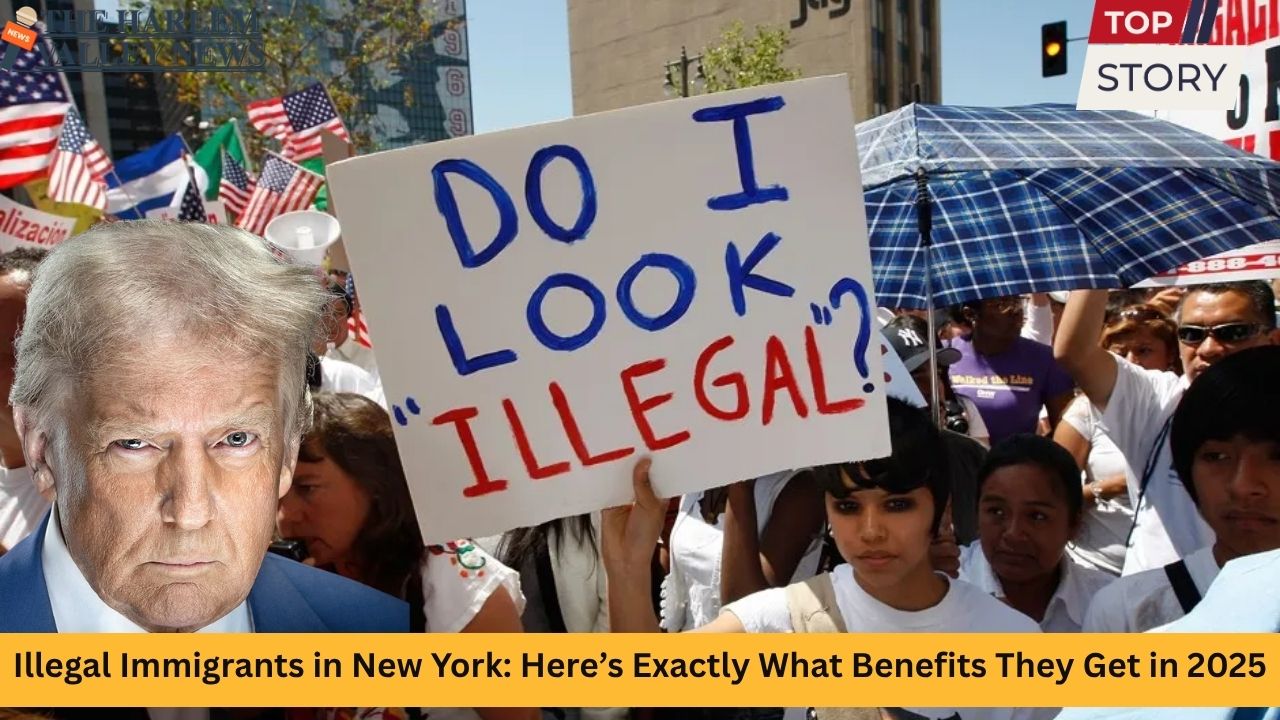
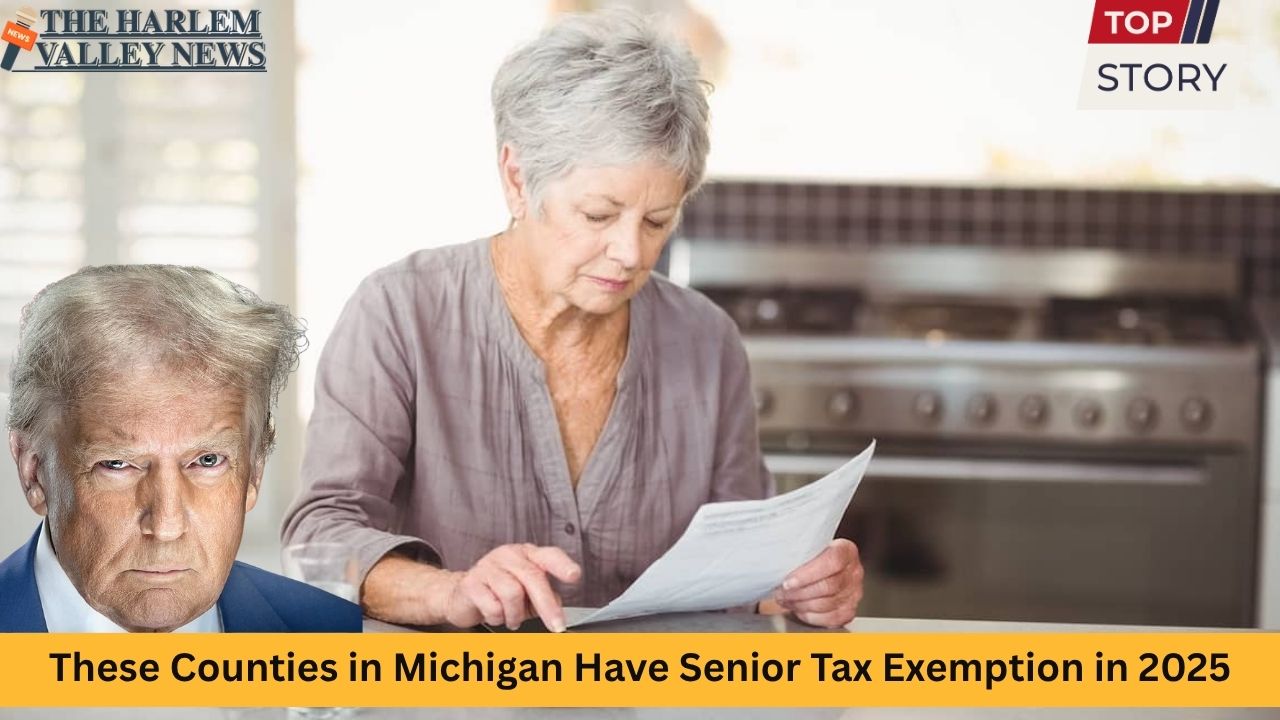


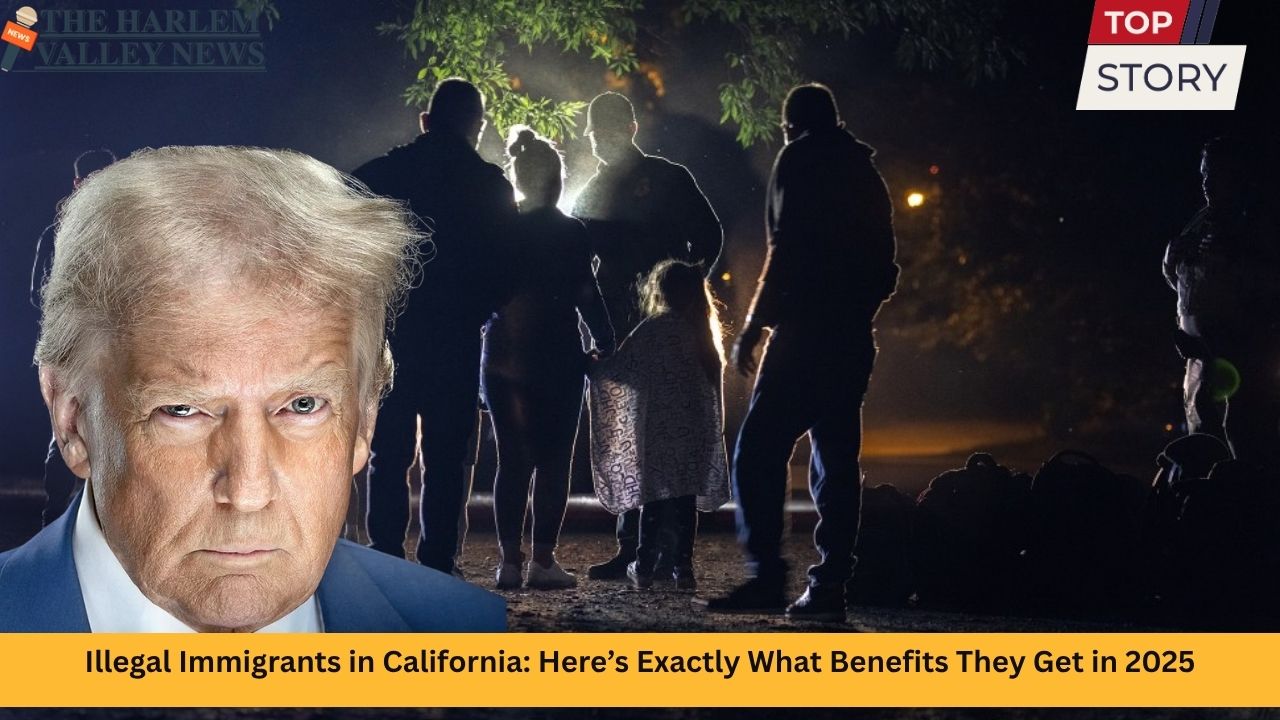
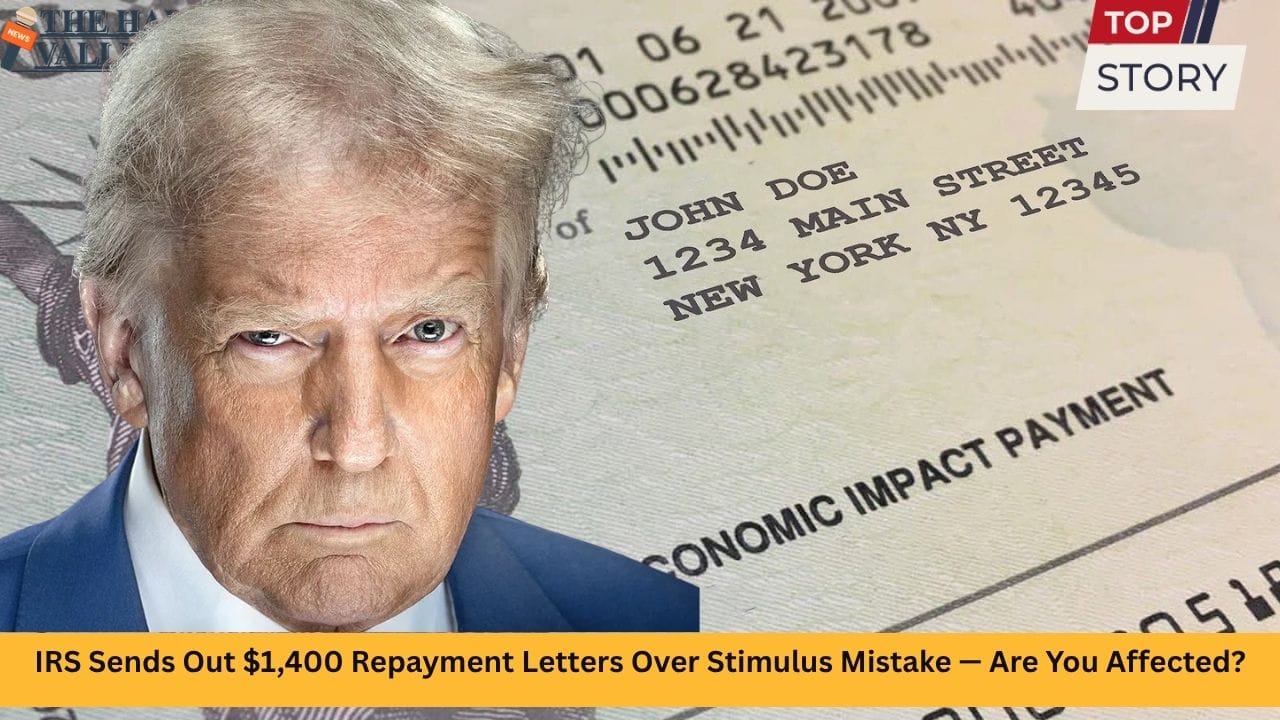
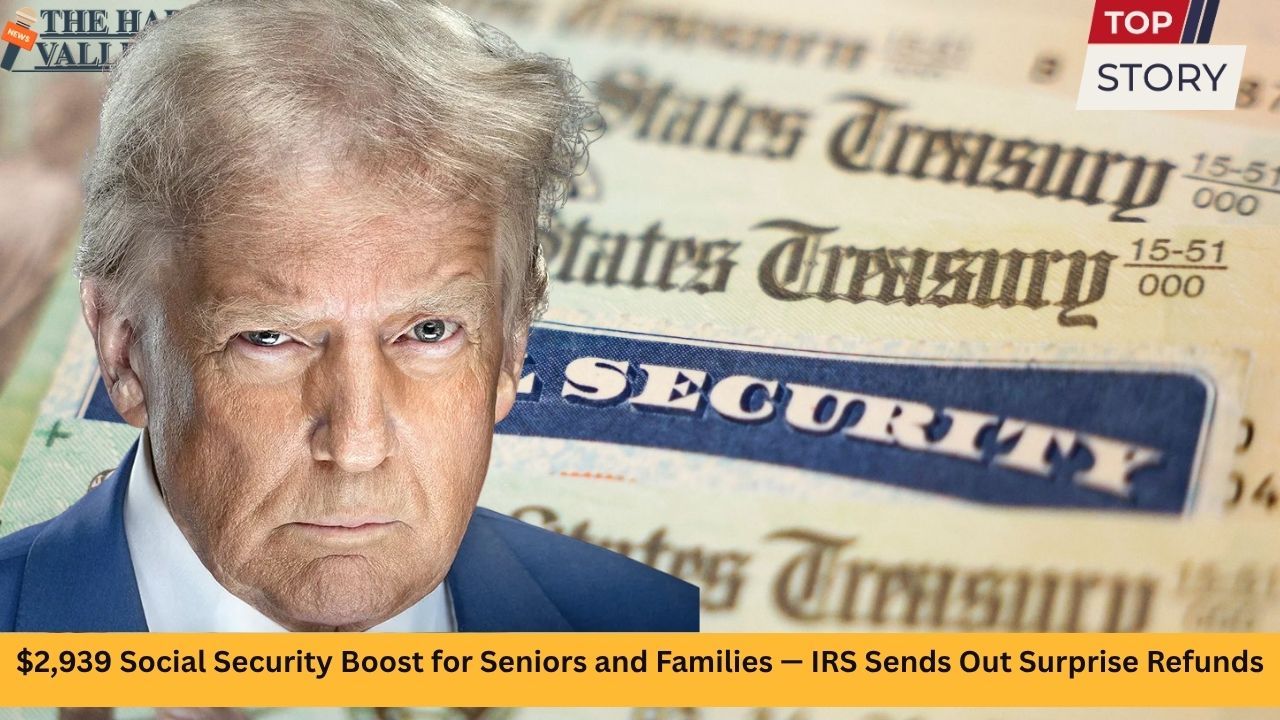
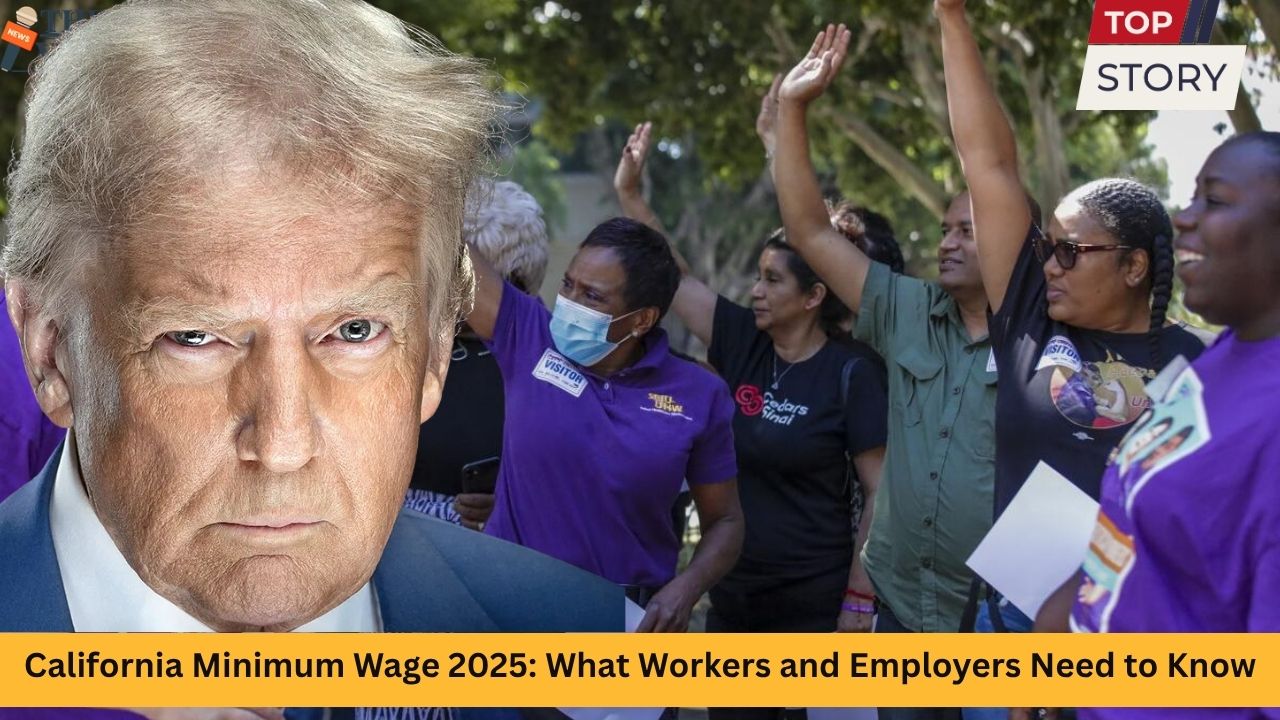

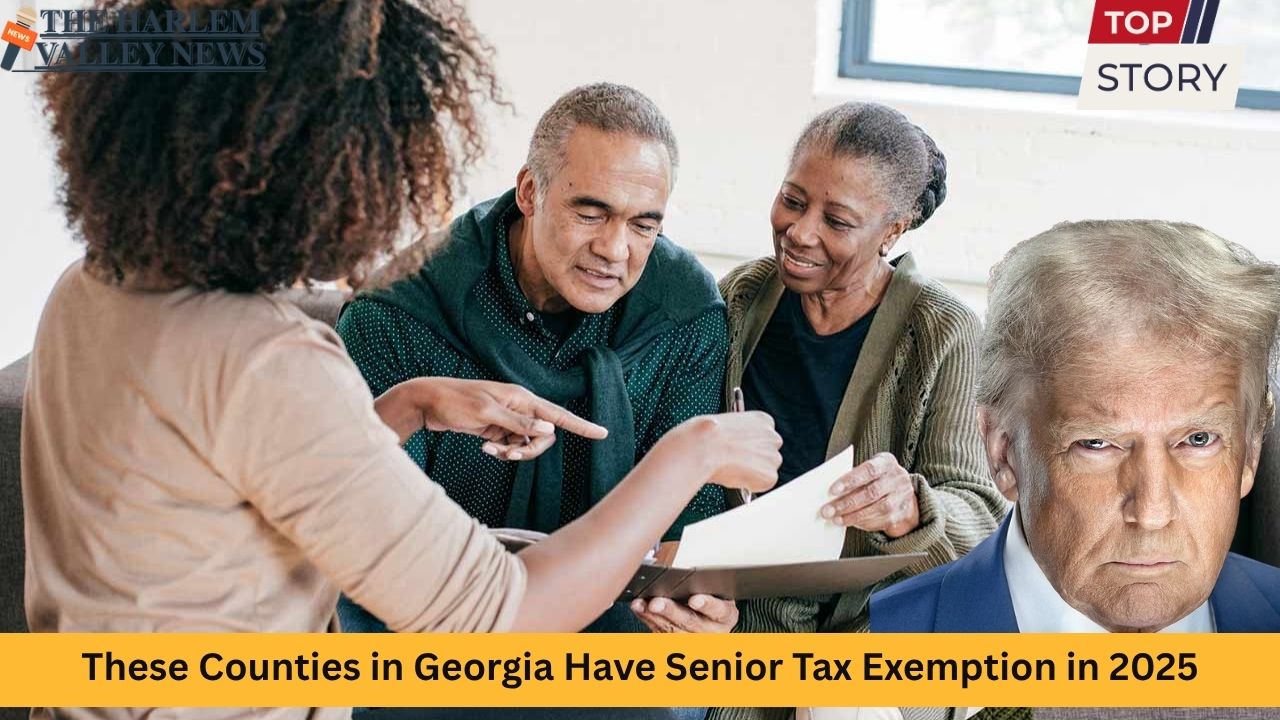
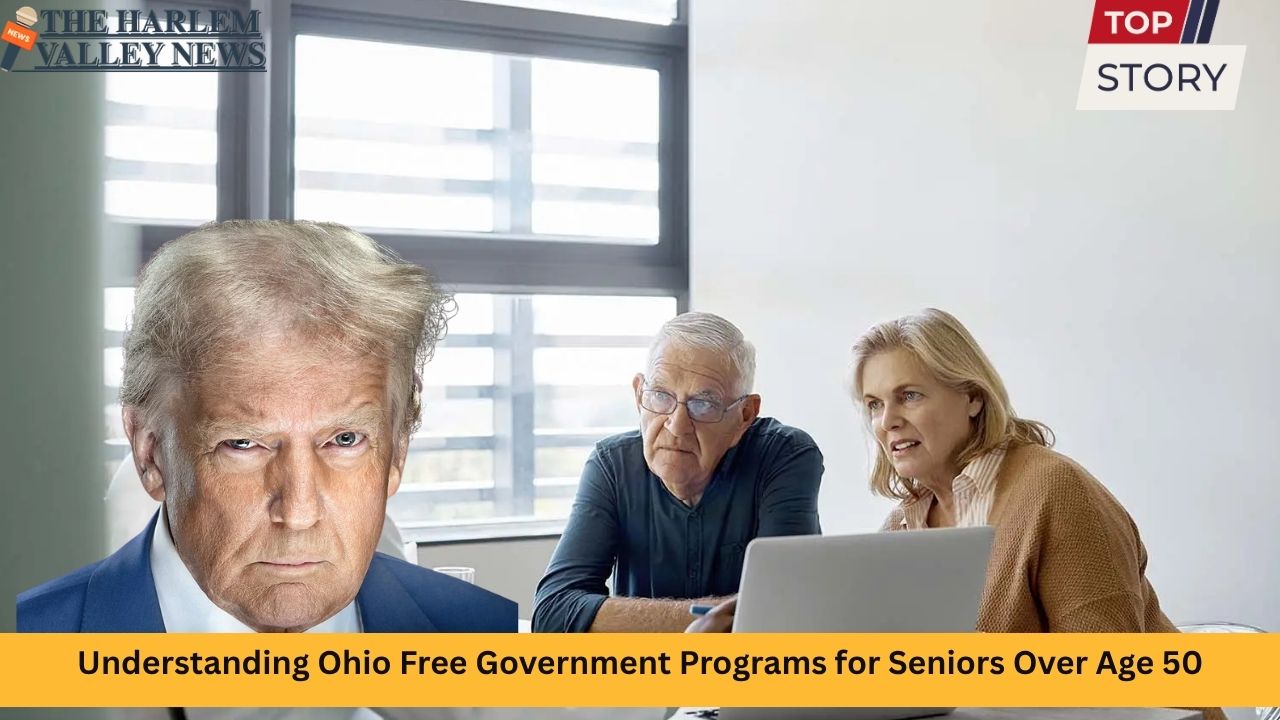

Leave a Reply